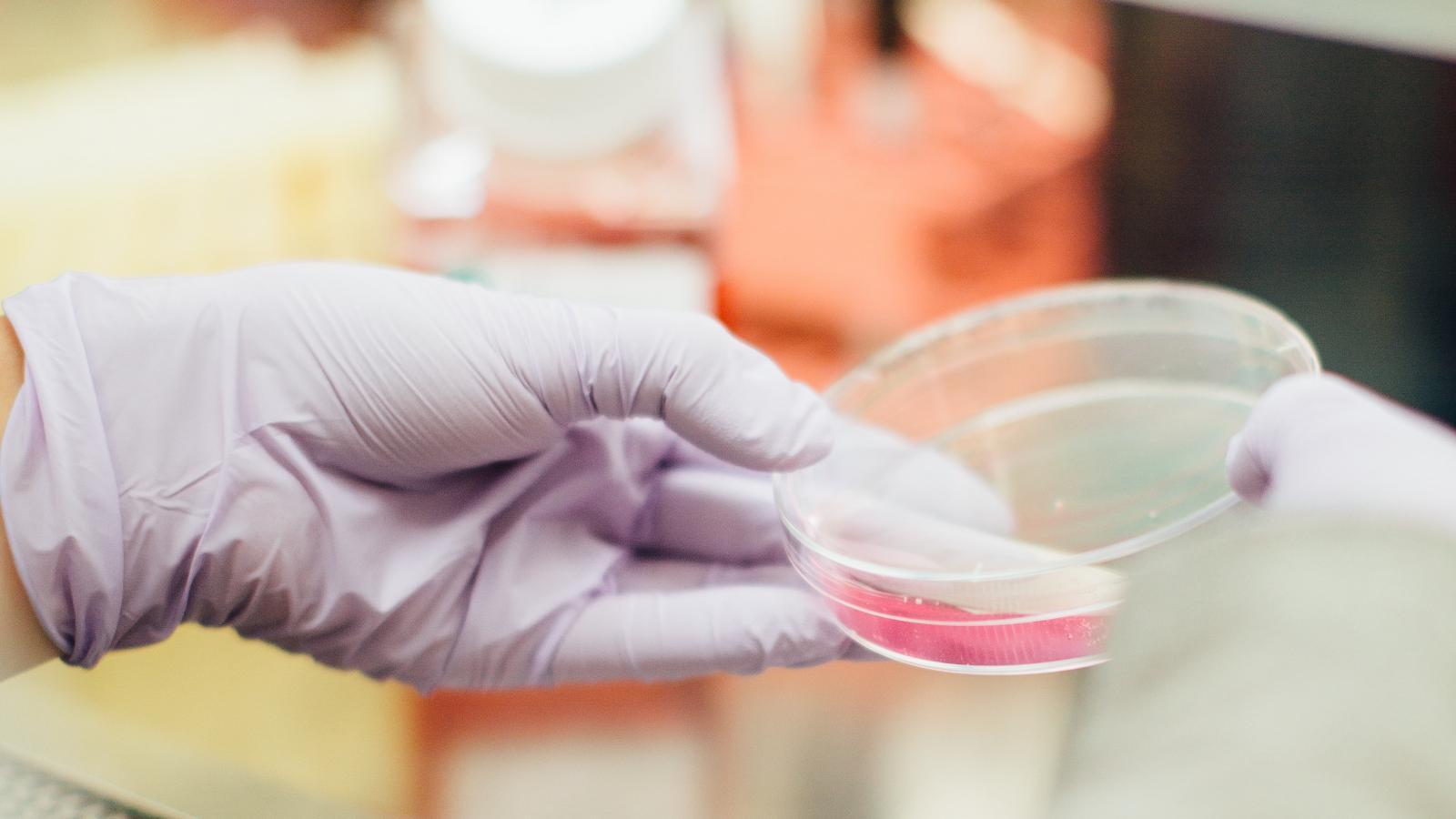Tests after an ALL diagnosis

You may have more tests after your diagnosis to find out:
- The type of leukaemia you have
- How it might affect you
- How best to treat you
Tests you might have include:
- Blood tests, such as a full blood count. This finds out the levels of the different types of blood cells in your blood.
- Lumbar puncture: Taking a sample of the fluid that surrounds your brain and spinal cord using a needle in your lower back. The fluid will be checked for cancer cells.
- Bone marrow biopsy: Taking a sample of your bone marrow (and maybe bone). The sample is taken from the inside of your bone, usually the hipbone. The sample is examined under a microscope to see the number and type of cells in it. You may have this test to diagnose ALL and also to see how you are responding to treatment.
- Chromosome studies (cytogenetics): Chromosome tests can find out the number and shape of the chromosomes in your blood cells. Tests can be done on either your blood and/or bone marrow samples. With ALL, there may be some particular genetic changes in the leukaemia cells. Knowing about these changes will help your doctor to decide on the best treatment for you. For example, with ALL, sometimes there is an abnormal chromosome called the Philadelphia chromosome. There are special treatments to target this.
- Fish analysis: A test called FISH analysis (fluorescence in situ hybridisation) makes abnormal genes glow (fluoresce) so that the doctor can identify the particular type of genetic abnormality. A FISH test can help your doctor to predict how your leukaemia might respond to a particular treatment.
- Immunophenotyping: Immunophenotyping is a test that checks what kind of proteins or markers are on the surface of the leukaemia cells. Immunophenotyping can be used to diagnose what type of ALL you have. For example, it can tell if B-cells or T-cells are causing the problem with ALL. The result can affect what type of treatment you have.
- Flow cytometry: Flow cytometry measures the number and percentage of cells in a blood sample and cell characteristics such as size, shape and the presence of biomarkers on the cell surface. Cells, usually from the bone marrow or blood, are passed through a machine called a flow cytometer. This method can be used for immunophenotyping or to check how you are responding to treatment.
You may also need other tests, such as a chest X-ray, CT scan, ultrasound scan or blood-clotting tests.
For more information
Phone
1800 200 700



